Peacoats holds a special place in the men’s fashion industry because it is a classic piece. Any man that likes to dress themselves up wants to have a peacoat in their wardrobe, as it provides just the perfect touch of goodness in any man’s outfit.
Peacoats have a rich history from their military and naval backgrounds, which proves that the peacoat has been around for a long time. Till now, it is one of the most chosen clothing items by men.
In this article, we will discuss what a peacoat is and other things to know about it.
Table Of Contents
What is a Peacoat?
The peacoat, also known as pea jacket, is a short double-breasted coat made from wool which usually comes in a navy or dark blue shade. These coats consist of slash or vertical pockets and two rows of three wooden, metal, or plastic buttons. They also have large lapels. It is an outer coat, usually worn as a light layer over a sweater or shirt during chilly weather.
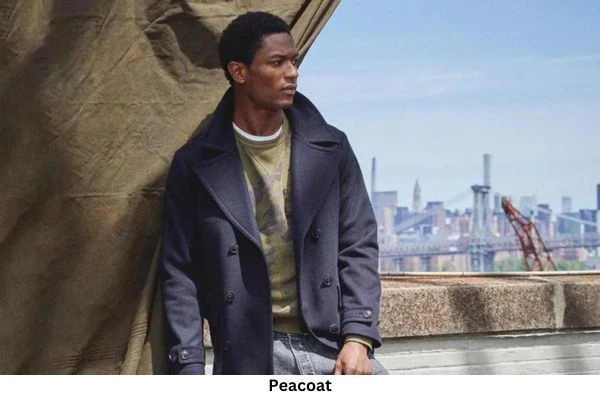
Peacoats come in endless color options and styling even though, back in the day, only dark blue shades were the most common. In the beginning, peacoats were mostly worn to keep the wearer warm, but lighter versions can also be found now.
What are Peacoats Made of?
Mostly peacoats are made up of heavy wool to keep the wearer warm. In the past, peacoats were made of coarse wool for sailors or navy men to protect them from the harsh and windy weather on the open seas. All the peacoats have a woolen construction, and you will not find one that is made up of synthetic ones. The wool provides a superior comfort level because of its soft texture.
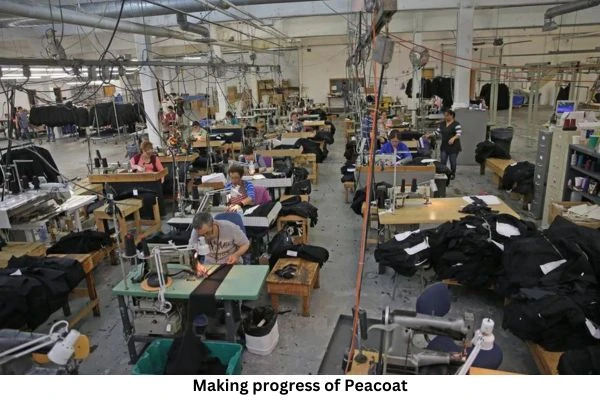
However, in the early 1700s, peacoats were constructed using a coarse, thick, and twilled cloth known as the pilot cloth—those used to have a nap on either side. Moreover, in the past, the peacoats were mostly in blue or deep shades of blue, but now you can find various color ranges. Different clothing stores can customize the size for peacoats, but you can also get them ready-made.
History of Peacoats.
The history of peacoats is deeply rooted in the military and naval backgrounds because of their material and structure. The Dutch, the naval powerhouse in the 1800s, first wore it. The name originates from the Dutch word “pije,” a coat made of coarse wool fabric.
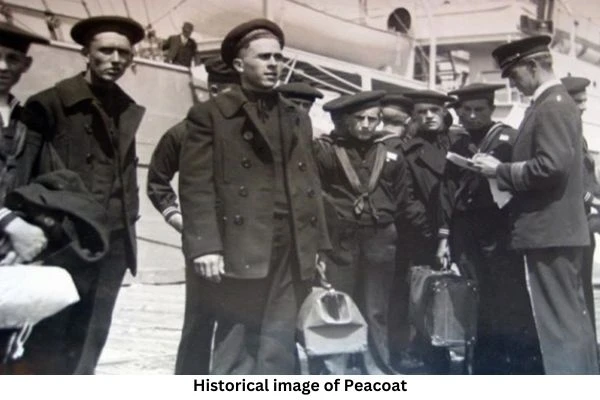
Even though the Dutch invented peacoats, the British helped to popularize them. The British naval officers were mostly seen wearing them. Then the coat traveled across the Atlantic to appear with the American Navy. They used to call those coats the “reefer.”
Types of Peacoats.
Peacoats come in various forms, sizes, and price ranges. However, despite the variation, the end product is the same for all of them. In the beginning, peacoats were only found in one type. Still, with the evolution of fashion, there are different types now.
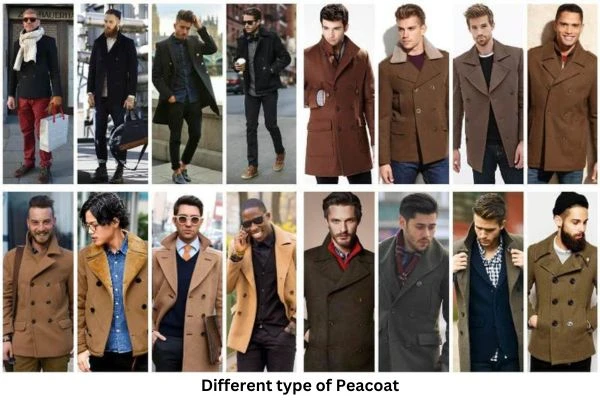
In this section, we will talk about some of the types of peacoats in the market.
- Wool-blend Melton Peacoat – This coat can be found on the Ralph Lauren site, and it is a naval-inspired coat that comes in navy blue shades. It features a pronounced collar along with a high and double-breasted front. The hem on these coats hangs right below the hips.
- Wool Peacoat – Most clothing brands will use wool peacoats as they are easy to find. The 100% wool peacoats look similar to blazers, but the collars are relatively high. The shoulders are also less robust, but it looks like a jacket that can be worn comfortably during winter.
- Admiral Peacoat – Just like the original versions of the peacoat, these coats are naval-inspired and feature a high collar. The ribs come with pockets, and buttons run down throughout the body. This coat’s oversized body buttons and button throat latch make it special.
- American Peacoat – The American peacoat is much different than the traditional ones as they are much shorter and tighter. Moreover, the coats feature a single vent and two parallel horn buttons. These coats are manufactured in Boston using woolen fabric made in Connecticut.
Key Features of Peacoats.
|
Stiffness |
Peacoats are not stiff but heavy to wear, which might feel stiff to some people. |
|
Durability |
Peacoats are heavily durable because they are made of thick materials. |
|
Breathability |
High; wool is a naturally breathable material that lets maximum airflow. |
|
Wash Fastness |
Peacoats washes fast but need to be washed with care and not more than once a year. |
|
Availability |
Moderate; many clothing brands carry peacoats, but they are rare. |
|
Strength |
Features excellent strength and does not break if it endures stress. |
|
Tensile Strength |
High; peacoats do not break even if it goes through immense pressure, but the quality will wear off. |
|
Washing Temperatures |
Cold water is the optimum temperature to wash your peacoats. Avoid hot or warm water. |
|
Sustainability |
Depends on the brand; some brands offer eco-friendly peacoats which are good for the environment. |
|
Comfortability |
Comfortable; you might not feel comfortable during summer as this coat is very heavy on the skin. |
|
Rigidness |
Peacoats are rigid because of their structure and as wool is packed closely together. |
|
Water-resistant |
Peacoats are water-resistant but not water-proof so avoid wearing them under heavy rain. |
|
Heat Retention |
Abilities Exceptional; peacoats can keep the wearer warm. |
|
Price Range |
High; peacoats are the most expensive due to their manufacturing process and style. |
Advantages of Peacoats.
- Peacoats are versatile and can be layered over other clothing items easily without looking bulky.
- Wearing a peacoat looks stylish and effortless despite the occasion. They are classical clothing items.
- Peacoats are for everyone and can be styled by either gender in various styles.
- For winter or chilly weather, peacoats are the best garment as they provide immense heat to the wearer and protect the body from the intense cold.
- Peacoats come with pockets on the front and inside the coat for convenience. You can carry a bag without carrying a bag.
Disadvantages of Peacoats.
- Colour choices of peacoats are limited as they mostly come in darker shades of blue, grey, brown, and black. You might also find shades of dark green.
- Peacoats should be washed carefully so that the coat orientation does not get disrupted and does not form any wrinkles.
- Due to the weight of the material, peacoats are heavy to wear and are expensive to manufacture and purchase.
- Peacoats will provide warmth in the winter but need more during the heavy cold seasons.
- If any item that can form stains fall on the peacoats, it will stain badly as the material is prone to staining.
FAQs on What is a Peacoat.
- Do peacoats feel tight to wear?
A: Peacoats are supposed to hug the body’s midsection lightly when the buttons are fastened, but they should not feel tight or constrict to the wearer. The jacket should not be pulling at any of the buttons.
- Are peacoats easy to find in stores?
A: Many clothing brands carry peacoats, but they are less common than you think. Since this jacket is only perfect to wear during fall or chilly weather, few people want to get it.
Final Words:
Peacoats have a rich origin history as they are inspired by military clothing. The style of peacoats has evolved from the 1800s, and now many people not from military can be seen wearing them. Moreover, they are versatile, as the staple dark shades complement almost any other color.
Peacoats are worn by anyone despite age and gender, providing a classy look to the wearer. For many people, having a peacoat in their wardrobe is essential because of how functional they are while looking fabulous.





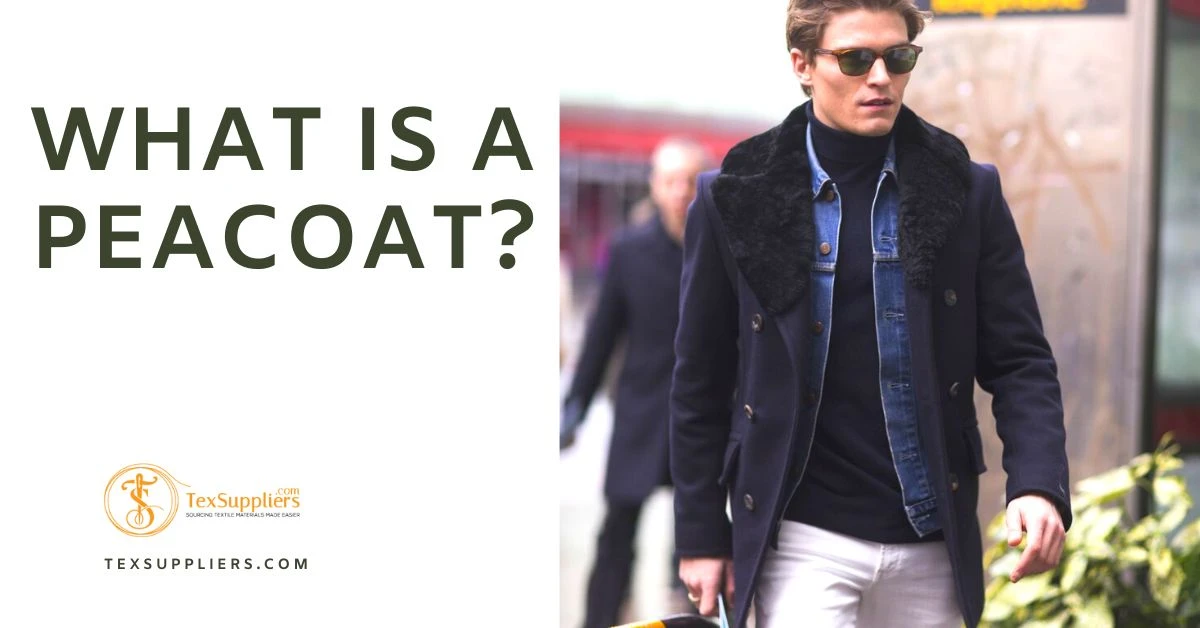
.webp)
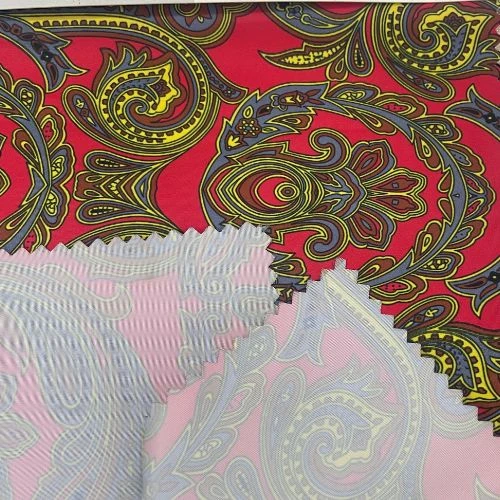
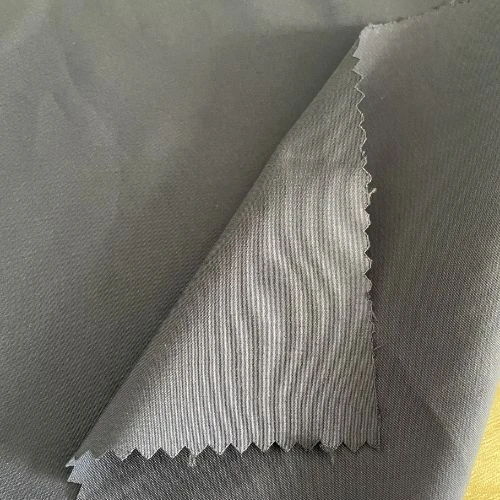
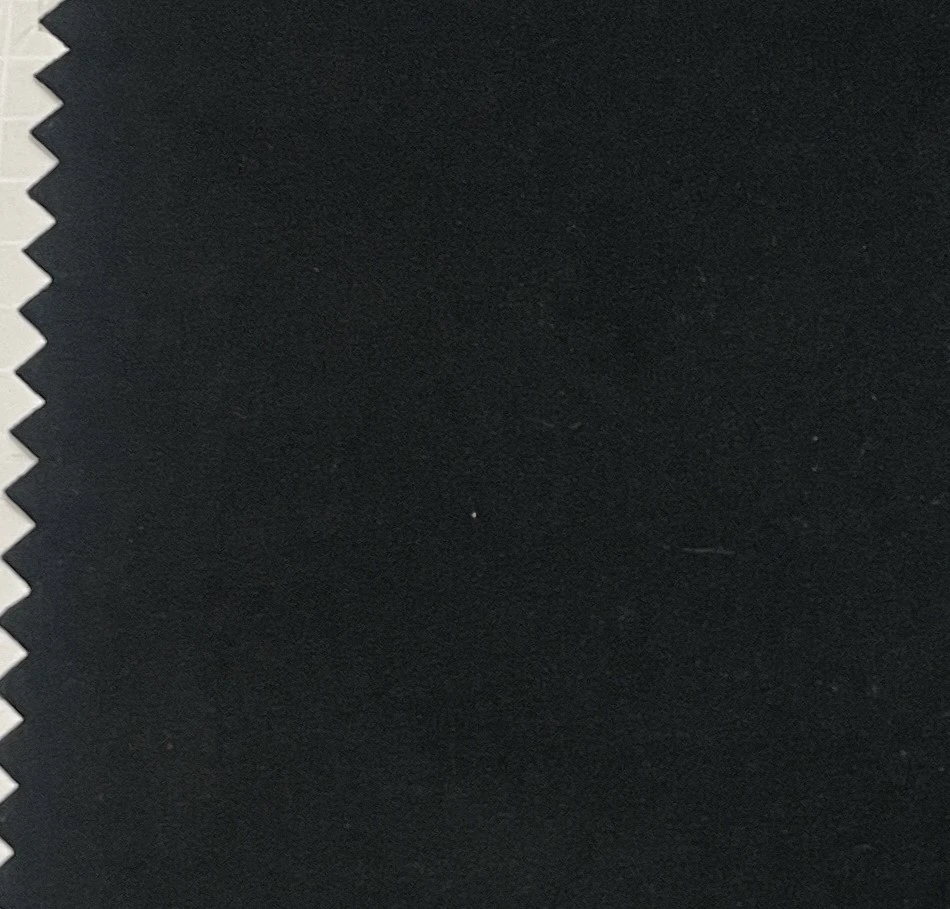
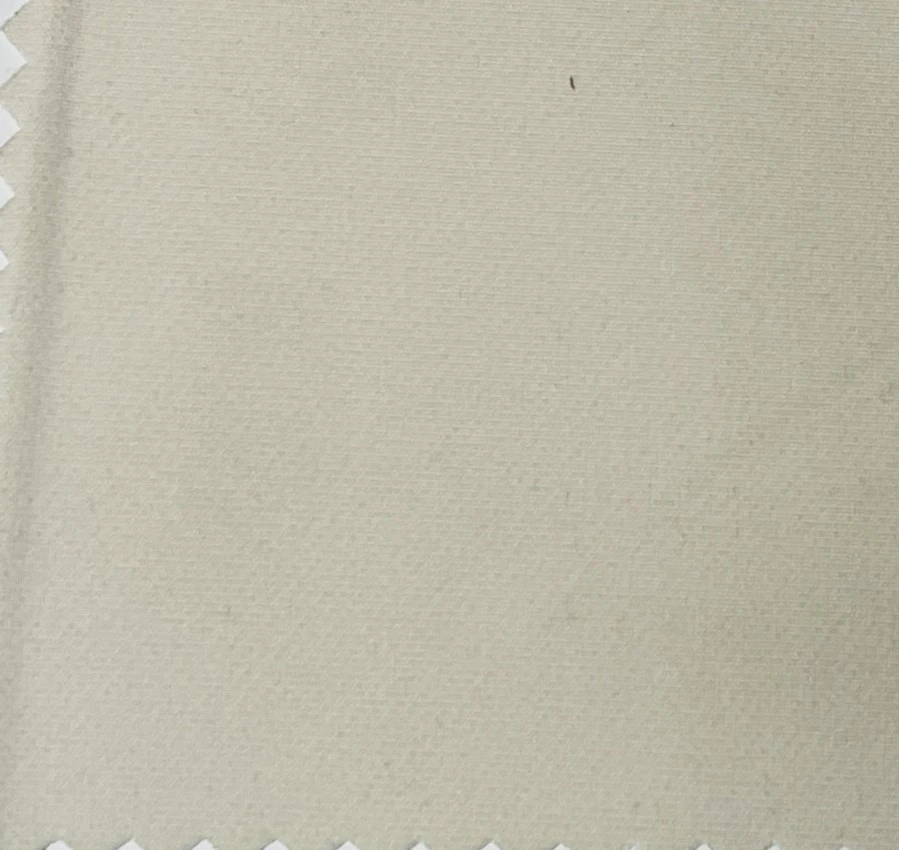

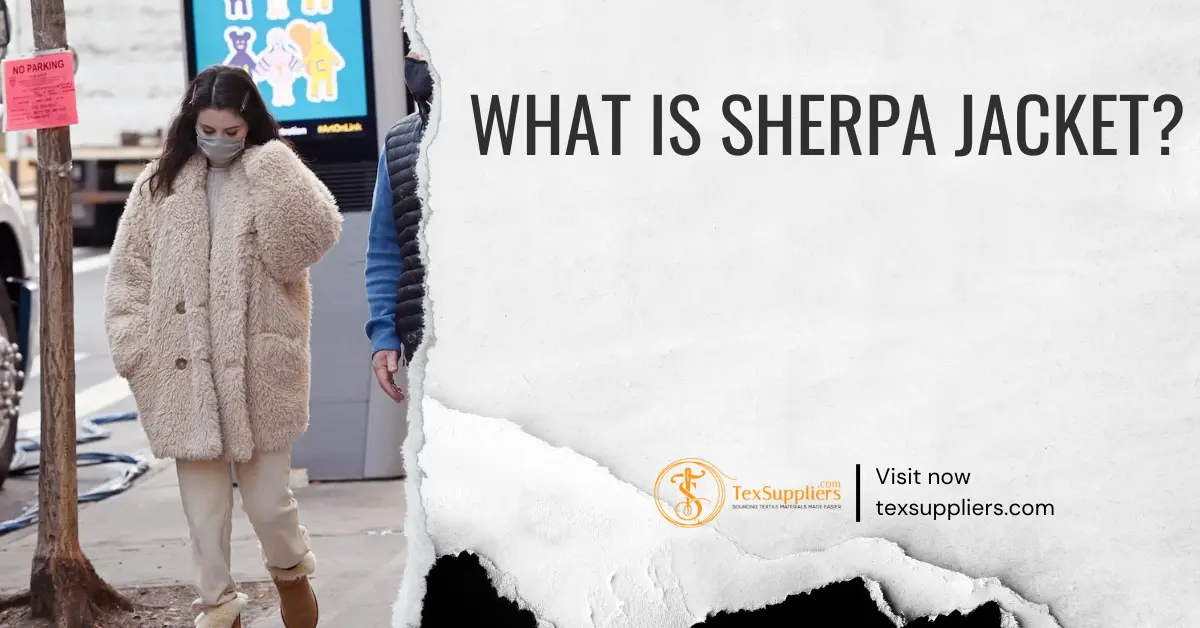

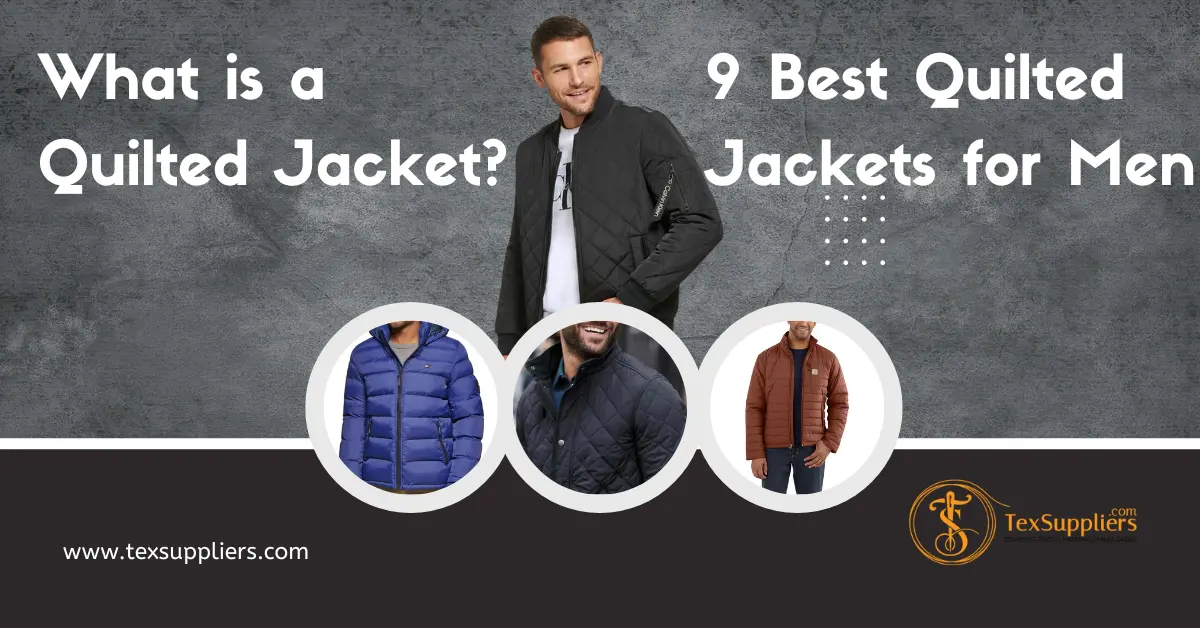
Comments - 00
Leave A Reply
Thanks for choosing to leave a comment.